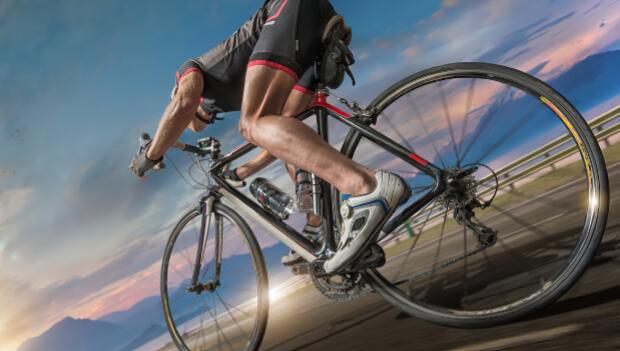
Just what is the best body-hair removal method for athletes? And preceding that question, why would athletes want to remove body hair anyway?
Cycling Events Near You
Cyclists have noted that hair-free legs improve wound healing should they fall and get road rash. Another claim is that smooth legs are easier to massage. The oils and lotions don't get all gummed up in hair and it simply feels better to have a massage on smooth legs, rather than hairy legs.
Some may claim increases in performance—that smooth legs are more aerodynamic. However, the performance gains seem to be in the nano-second range.
The athletes that can benefit from nano-second aerodynamic, or rather hydrodynamic improvements, are swimmers. Swimmers have a long history of the "shave and taper" system before big swim meets.
While cyclists typically shave only legs (usually up to the short-line), swimmers de-forest the entire body. They shave any area not covered by a swim suit. With the new, full-body swim suits, where the hair removal starts and stops is more variable.
I suspect triathletes took cues from cyclists and swimmers, mostly because early triathletes came from backgrounds in the other two sports.
Apply a final splash of vanity to the mix and you can find tanned and smooth legs, chests and backs that are swimming, running and riding in nearly every corner of the world. Many have the opinion that smooth and tanned skin is more pleasant to look at than skin covered with copious amounts of hair.
Whether for performance or vanity, hair removal is more popular than ever before. What, then, is the best hair removal technique?
Good question.
The answer depends on several items, so I'll lead you through a little about hair growth and a list of pros and cons for several different hair removal methods. Before I dive into the various methods, I have to tell you that this column was prompted by a discussion of the issue with men—not women.
Gentlemen and ladies, let's begin.
Hair Growth
Hairs are flexible strands produced by hair follicles. The rate of hair growth varies in different regions of the body. Growth also varies with sex, age and hormonal variances. The cycle of active growth of the hair on your head is some two to six years, while the hair on your arms, legs, eyelashes and eyebrows is much shorter—some 30 to 45 days.
Hair growth occurs in different phases. The anagen phase is the growth phase, the catagen phase is the transitional state, the telogen phase is the resting phase and the exogen phase is the shedding phase.
In the exogen phase that precedes the growth phase, several hairs might rise from a single follicle or opening in the skin. At any given time, a random number of hairs will be in the various stages. Typical hairs have a bulb-like base and taper to a point at the top where the hair exits the skin. Hair color is determined by the amount and kind of melanin present.
Shaving
One of the most common methods of hair removal is shaving. It is also the most temporary method.
Pros:
- It's relatively inexpensive.
- Shaving can easily be done at home, by yourself, with a razor and skin moisturizer or an electric shaver.
Cons:
- The hair is cut off at the skin surface and you will see and feel stubble in a few days.
- Shaving is required every few days to achieve that smooth-skin feel.
- Ingrown hairs can become a problem, escalating to folliculitis (inflamed hair follicles, red tender spots, can have a surface pustule). These are often called "red bumpies".
- If folliculitis occurs on the groin area, it can put a rider off the bike for a period of time.
- The red bumpies are ugly.


